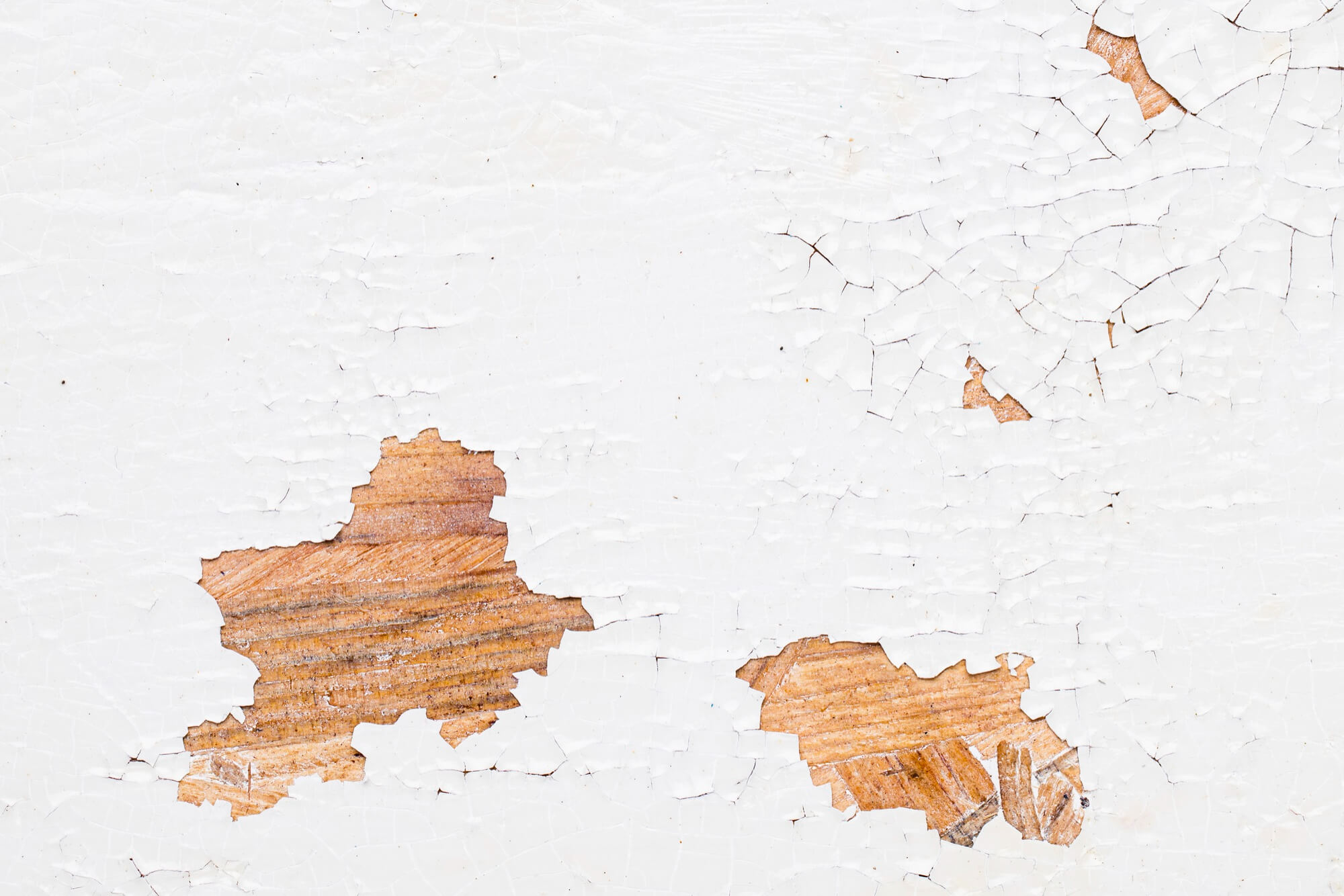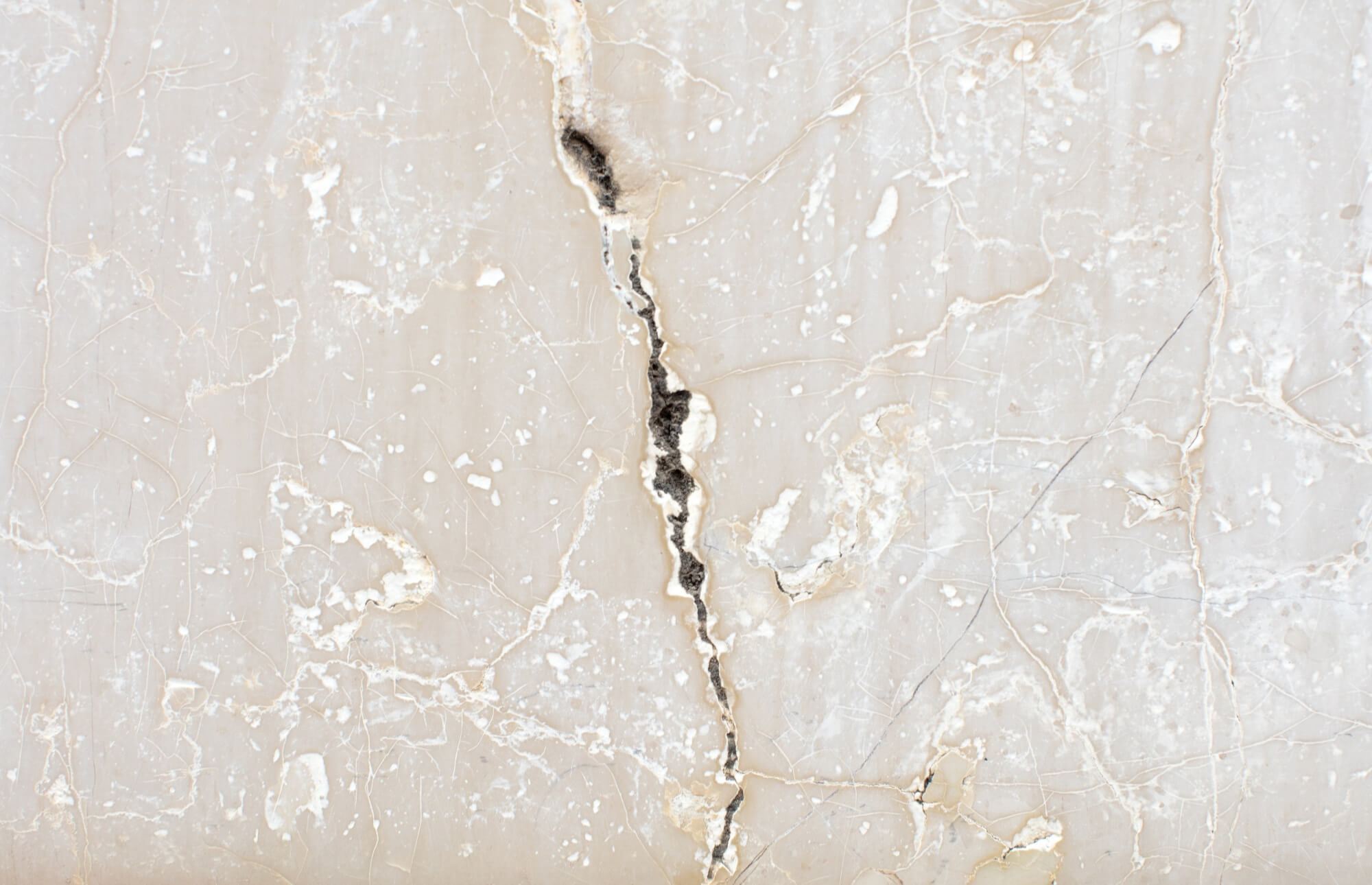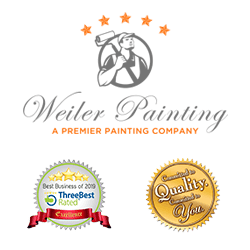Preparing a surface for painting is essential to ensure a professional finish and long-lasting results. This article will explore the various elements that must be removed or addressed before applying paint to any surface.
Dirt and Dust
Before painting, removing any dirt and dust from the surface is crucial. Accumulated grime can prevent the paint from adhering correctly and result in an uneven finish.
• Wipe down surfaces with a damp cloth or sponge.
• Use a vacuum cleaner with a brush extension to eliminate dust.
• For stubborn grime or built-up debris, consider using a mild detergent solution and a soft-bristle brush.
• Rinse the exterior with clean water to remove any detergent residue.
Loose or Peeling Paint
Loose or peeling paint can cause the new paint to crack or peel soon after application. Therefore, removing existing paint that is not adhering well to the surface is vital.
• Rub off loose paint with a paint scraper or putty knife
• Sand the borders of the remaining paint to create a smooth transition to the bare surface
• Use fine-grit sandpaper for a smoother finish and to avoid creating scratches on the surface
• After sanding, clean the area thoroughly to remove any paint chips or dust
Grease and Oil
Grease and oil can interfere with paint adhesion, producing a poor-quality finish. Remove any grease or oil stains from the surface before painting.
• Use a degreaser or trisodium phosphate (TSP) solution to clean the area
• Scrub the stained areas with a stiff-bristle brush to break down and lift the grease
• Pay particular attention to high-touch areas, such as around light switches and door handles
• Rinse the surface thoroughly with water to remove any residue
Mildew and Mold
Mildew and mold can grow beneath the paint, causing discoloration and potential health hazards. Remove any signs of decay or mold before painting.
• Utilize a bleach and water solution (typically one part bleach to three parts water) to clean the affected area
• Apply the solution to the mold or mildew
• Allow the solution to sit on the surface for 10-15 minutes to kill the mold spores effectively
• Scrub the area with a stiff-bristle brush to remove the mold and mildew
Wallpaper or Wall Coverings
If the surface has existing wallpaper or wall coverings, they should be removed before painting to ensure proper paint bonding and a smooth finish.
• Use a wallpaper steamer or chemical stripper to loosen the adhesive, following the manufacturer’s instructions for safe and effective use
• Scrape off the wallpaper or wall covering with a putty knife, working carefully to avoid gouging the surface beneath
• Remove any residual adhesive with a sponge and warm, soapy water or an adhesive remover
Nail Holes, Cracks, and Dents
Address imperfections, such as nail holes, cracks, or dents, before painting to create a smooth surface.
• Fill nail holes and dents with a suitable putty or wood filler
• Use a flexible putty knife to apply a thin layer of joint compound to cracks
• Allow the filler or joint compound to dry as per the manufacturer’s recommendations
• Sand the repaired areas gently with fine-grit sandpaper until they are smooth
Caulking and Sealing
Inspect the surface for gaps or seams that must be sealed with caulking before painting. Proper sealing ensures a clean, professional finish and prevents drafts or moisture intrusion.
• Use a high-quality, paintable caulk specifically designed for your surface material and conditions
• Apply the caulk carefully to gaps or seams, ensuring complete coverage and filling any voids
• Smooth the caulk with a damp finger or a specialized caulking tool to create a neat, uniform appearance
Conclusion
Proper surface preparation is essential for a successful painting project. By removing dirt, dust, loose paint, grease, oil, mildew, and wallpaper and addressing any imperfections, you can ensure a smooth, professional finish that lasts. Always take the time to adequately prepare your surface before using paint for the best results possible. If you need assistance with your painting project, contact Weiler Painting for professional, high-quality painting services.



